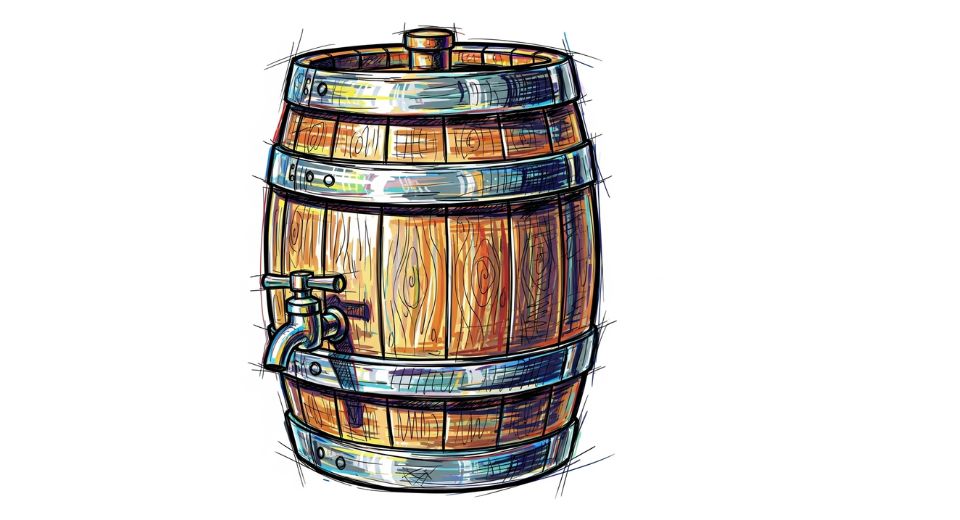
Aug 07, 2025

Offering in the recent publication of Metastat Insight, the results on the Kegs Market gave insight to an industry colored by developing customs of drink storage, allocation, and use. The report follows the complex layers of this market, which has been characterized not by sensational revolutions but by a string of subtle, though significant, changes through time. Far from remaining static, this segment continues to attract attention through innovation, strategic realignment, and a refined understanding of user experience and operational efficiency. What distinguishes the Kegs Market is the quiet but firm commitment to durability, reusability, and quality retention.
Unlike disposable alternatives, kegs offer businesses in the beverage industry a reliable option for maintaining flavour integrity and serving consistency. This is especially important in sectors such as hospitality and craft brewing, where the expectations for quality on the part of the consumer have grown up. The balancing act between preserving tradition and embracing efficiency-based designs has led to alterations not always headline-worthy but of significant import in the long run. Another force driving the narrative is the reemphasis on operational logistics. The movement, storage, and tracing of kegs now enjoy the advantages of embracing digital technologies and intelligent systems.
Although the container is itself stationary, the technology used around it brings in an additional layer of value. Companies are using RFID tagging and IoT-based solutions more and more that enhance inventory management, minimize loss, and guarantee improved handling. This integration does not change the keg's fundamental shape but raises its position in the value chain. Material innovation is also quietly but forcefully shaping the landscape of the market. Stainless steel remains the most widely accepted choice for many, with longevity and hygiene as its benefits. Lightweight substitutes in advanced polymers have, however, made their own niche, particularly for upstart brands that value cost-effectiveness and adaptability.
These shifts are not sudden but are instead a gradual probing of ways that existing standards can be improved without upsetting the ecosystem. Global presence has yet introduced differences in keg taste and use patterns. In certain markets, old wood or ceramic ones are still reverenced for their cultural and artisanal value. In others, there is moving toward modular systems that minimize spillage and provide portion control. The global reach of the Kegs Market is, thus, one of unobtrusive diversification, responding to local sensitivities without losing focus of the larger objective. Sustainability and environmental footprint are recurring issues, not as marketing strategies but as operational requirements. Reusable kegs minimize the amount of packaging waste and fit neatly into the expanding corporate responsibility models being taken up by beverage firms. Cleaning and sterilizing systems have been developed to permit more cycles of reuse without the loss of hygiene standards.
What was once a backroom chore is now a special concern, as companies realize the long-term cost savings and environmental rewards of improved keg upkeep. The expansion of craft beverage divisions, more so small brewers and stand-alone wineries, has brought with it a feeling of personalization to keg deployment. Variable sizes, limited release, and custom branding have created a market where form and functionality are in balance. These businesses usually liaise extensively with manufacturers to have solutions reflect their brand personality while ensuring functional efficiency. In addition, the increased customer experience focus by the hospitality industry has increased the significance of dispensing systems. Kegs are not just storage containers anymore but an integral part of front-of-house operations.
Their aesthetics now have to be in relation to ease of use, looks, and accessibility for maintenance. The aesthetic appeal and mobility ease have emerged as equally significant as the capacity they can store or the pressure they can manage. Resale and refurbished products also have appeared as significant trends, establishing a secondary market activity level. Businesses are finding economic advantages in refurbished kegs, which offer an economical solution for expanding operations without initial investment in new stock. This process not only prolonged the life of each unit but also established an alternate trade pathway that maintains used kegs in business. Regional distribution schemes continue to adapt to changes in infrastructure and consumer demands. Urban areas require quicker rotation and more accurate delivery schedules, impacting the kind of kegs that are popular. Stackable designs, ergonomically friendly upgrades, and quicker tapping systems have all been added with the desire to simplify processes without compromising quality.
In its in-depth examination as seen in the Metastat Insight report, the Kegs Market is described not in terms of a field revolutionized by radical makeovers but one enriched by careful enhancements and contextual awareness. It speaks to an industry cognizant of the power of tradition yet also reacting to new efficiencies and environmental pressures. The persistent drive for functional enhancement and enduring practice tells a tale not of revolution, but of conscious evolution, reiterating the quiet yet powerfully lingering undercurrents that maintain its ongoing viability.
Drop us an email at:
Call us on:
+1 214 613 5758
+91 73850 57479